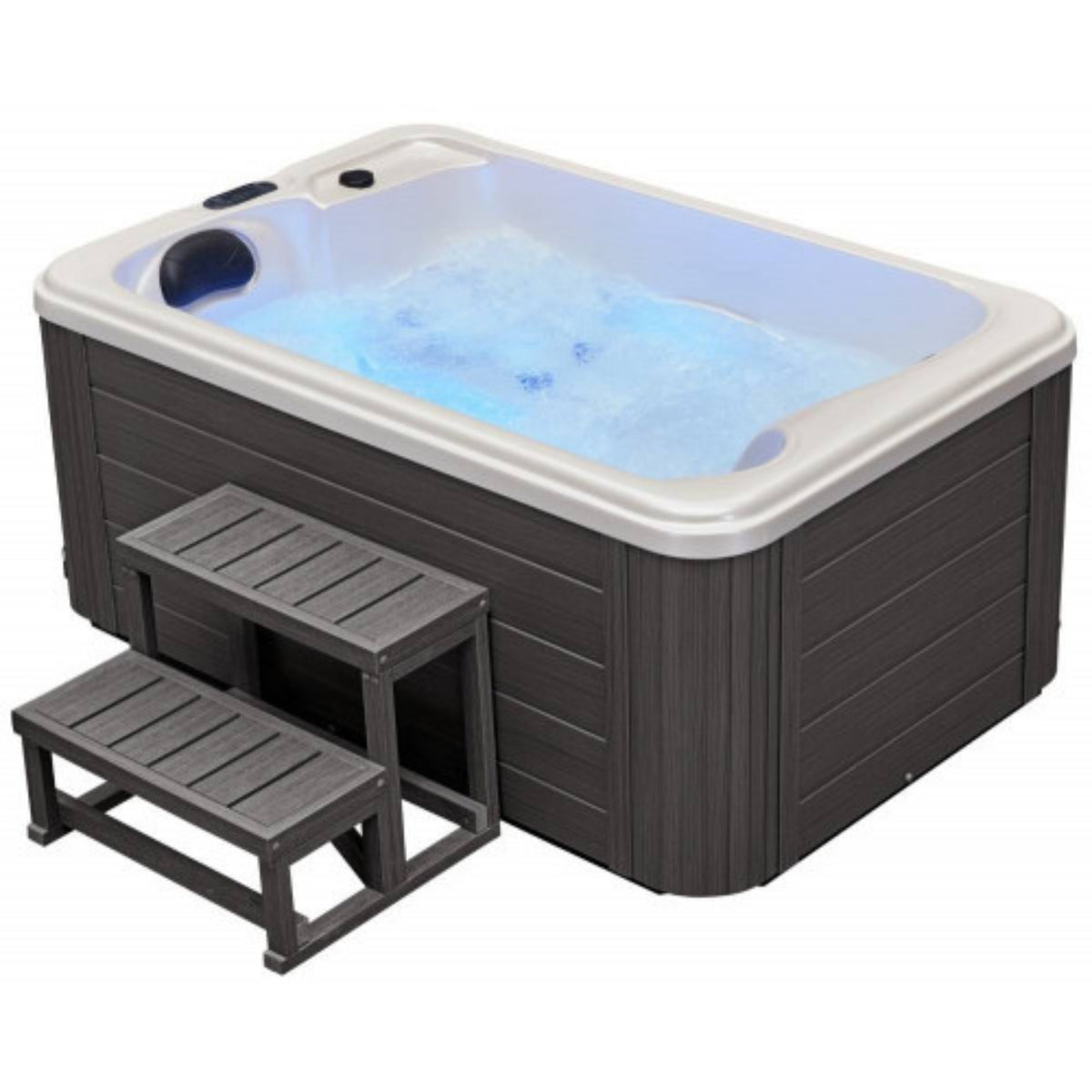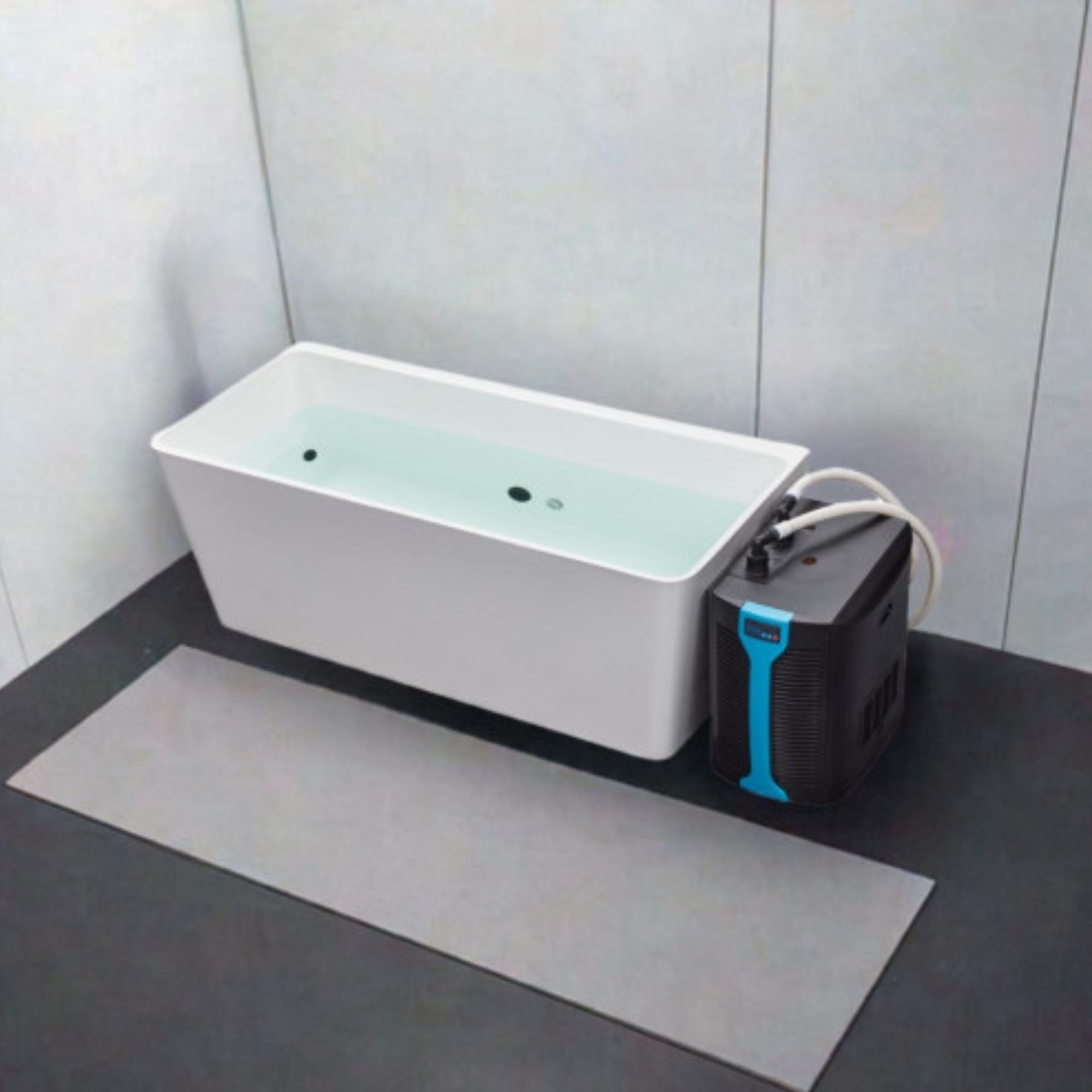Call or Text 7 Days a Week

Benefits: Why Use a Hot Tub & Cold Plunge Together?

Soothe muscles, relieve tension, and speed up recovery with the ultimate hydrotherapy experience—our collection of hot tubs and cold plunges. Whether you’re looking to relax in a heated hot tub with massage jets or rejuvenate with a cold plunge for recovery, this combination offers full-body benefits for wellness, performance, and stress relief. Perfect for athletes, active individuals, and those seeking deep relaxation, hot and cold therapy can help with circulation, inflammation, and muscle relief.

• Relieves Muscle Tension & Joint Pain – The buoyancy and heat of a hot tub help reduce pressure on joints, relax muscles, and ease chronic pain before cold therapy tightens and refreshes tissues.
• Hydrotherapy Enhances Circulation – Hot tubs improve blood flow and oxygen delivery, while cold plunges constrict blood vessels, creating a pump effect that reduces swelling and speeds up recovery.
• Maximizes Relaxation & Stress Relief – Unlike saunas, hot tubs allow you to fully immerse and unwind, combining warmth with massage jets to release tension and lower cortisol levels.
• Improves Sleep & Recovery – The warm water primes your body for deeper sleep, while cold therapy helps regulate the nervous system, making this an ideal combination for better rest and muscle repair.
• How It’s Different from a Sauna & Cold Plunge – Saunas use dry heat to promote sweating and deep heat penetration, whereas hot tubs provide buoyant hydrotherapy that soothes joints and muscles with massaging jets. If you prefer a full-body soak and muscle relaxation, hot tubs are the better choice before a cold plunge.

Using a hot tub before a cold plunge is a powerful way to relieve muscle soreness, improve circulation, and accelerate recovery. Heat from the hot tub relaxes muscles and expands blood vessels, while the cold plunge reduces inflammation and promotes faster healing. This contrast therapy method enhances recovery, boosts circulation, and supports overall wellness. (Healthline)
Both combinations offer powerful recovery benefits, but they work in different ways:
• Sauna & Cold Plunge: Uses dry heat (or infrared heat) to increase body temperature, promote sweating, and loosen muscles before cooling down in a cold plunge.
• Hot Tub & Cold Plunge: Provides warm water immersion and hydrotherapy massage, which reduces joint pressure, improves circulation, and enhances muscle relaxation before cooling down.
If you prefer deep heat and sweating, a sauna is the better choice. If you want buoyancy, muscle relaxation, and jet massage therapy, a hot tub is the way to go before a cold plunge.
For the best hot-to-cold contrast therapy, many experts recommend:
• Hot Tub: 10-15 minutes to loosen muscles and promote blood flow.
• Cold Plunge: 1-3 minutes to reduce inflammation and refresh the body.
• Repeat Cycle: 2-3 rounds for maximum benefits.
Ending with a cold plunge helps lock in the recovery effects and prevent lingering inflammation.
Yes! Research suggests that combining hydrotherapy with cold exposure may help with:
• Reducing delayed onset muscle soreness (DOMS)
• Lowering inflammation post-exercise
• Enhancing recovery between training sessions
• Supporting cardiovascular and metabolic health
Many athletes use contrast therapy as a tool to speed up recovery and maintain peak performance. (Mayo Clinic)
Send us message about Products, Shipping Times, Assembly, or Promos

